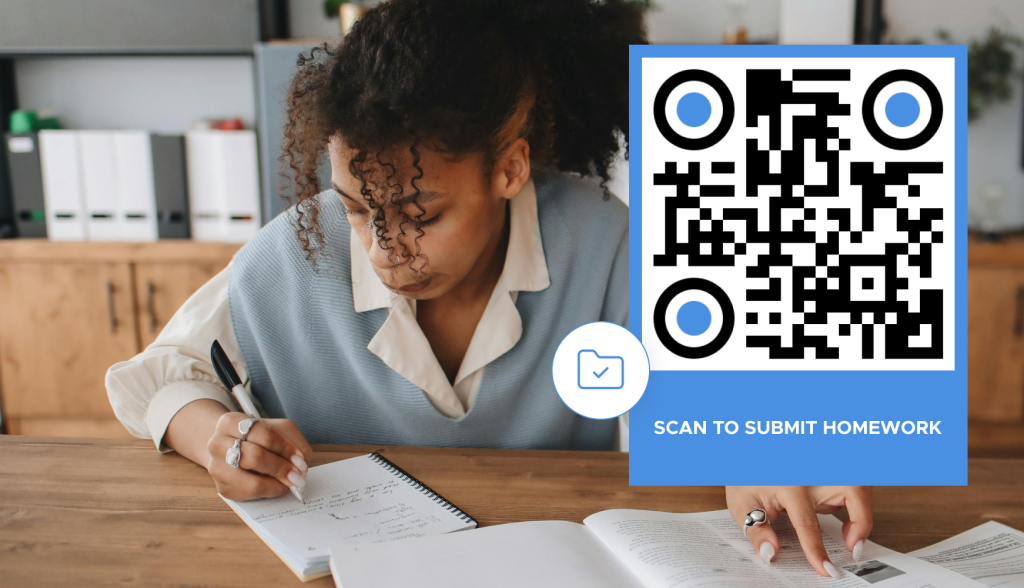Pittsburgh, a city renowned for its evolution from industrial powerhouse to tech-driven innovation hub, continues to find ways to blend its historic character with cutting-edge developments. Education, one of the city’s foundational pillars, is no exception. Today, Pittsburgh schools are transforming traditional assignments with a simple but powerful tool: QR codes. Easy to create and universally accessible, QR code assignments are revolutionizing how educators deliver content, engage students, and foster a hybrid learning environment.
Here’s how this high-tech upgrade is reshaping classrooms across Pittsburgh and why it’s a natural fit for a city that thrives on reinvention.
What Are QR Code Assignments?
At their core, QR code assignments turn static printed materials into dynamic learning experiences. A quick scan of a QR code using a smartphone, tablet, or other device can unlock a world of resources, including video tutorials, interactive quizzes, augmented reality (AR) experiences, or even collaborative documents.
For instance, a QR code at the bottom of a worksheet might link students to a video explaining a science experiment or an answer key for self-assessment. Alternatively, codes displayed on classroom walls can lead students to virtual museum tours, coding challenges, or creative writing prompts.
Pittsburgh, with its meld of historic pride and modern educational initiatives, presents the perfect backdrop for this integration of physical and digital learning environments.
The Benefits of QR Codes in Education

- Interactive and Engaging Learning
Traditional assignments often rely on static resources like paper handouts or repetitive drills, which can feel uninspiring for today’s students. QR codes add an interactive layer to learning, thereby increasing engagement.
For example, imagine a history teacher in a Pittsburgh middle school assigning students to explore the city’s steel industry legacy. Scanning a QR code might take them to a virtual tour of the Carrie Blast Furnaces, giving them a chance to visualize and connect with their city’s industrial past.
By incorporating links to videos, games, and infographics, QR codes provide rich multimedia content that appeals to different learning styles, from auditory and visual to kinesthetic.
- Accessibility and Convenience
QR code assignments align with the digital-first world that students inhabit today. Smartphones and tablets, already widespread in homes and classrooms, make this technology widely accessible. Unlike heavy textbooks, QR codes allow schools to provide a wealth of information instantaneously without physical weight or printing demands.
This accessibility also supports Pittsburgh’s educational mission of inclusivity. Schools can integrate closed-captioned videos, translations, and other accessible features to ensure that QR code assignments cater to students of diverse abilities and needs.
- Fostering Independence
Pittsburgh’s emphasis on fostering globally competitive talent is reflected in its schools’ adoption of technology to encourage self-directed learning. QR codes empower students to take ownership of their education. A scavenger hunt using QR codes can guide students through independent research, where each scan unveils the next step in their exploration. This fosters curiosity, critical thinking, and digital literacy.
- Sustainability and Cost-Effectiveness
QR code assignments also align with the city’s growing emphasis on sustainability. Offering digital resources minimizes the need for printed materials, saving paper and reducing waste. Schools benefit financially by having the ability to update resources through QR codes without reprinting physical copies of textbooks or handouts. This eco-conscious approach reflects Pittsburgh’s broader commitment to innovation that respects its environmental goals.
Why Pittsburgh’s Culture Supports This Shift
Pittsburgh’s identity as a city of reinvention makes it uniquely suited to explore innovative teaching methods like QR code assignments. Historically rooted in industry and craftsmanship, Pittsburgh has embraced its role as a tech hub, with institutions like Carnegie Mellon University and the University of Pittsburgh leading national conversations on artificial intelligence and educational technology.
This duality reflects in its classrooms, where educators are eager to combine traditional, place-based learning with emerging tools. QR codes bridge these worlds, honoring timeless teaching practices while modernizing how content is accessed and delivered.
The Future of QR Codes in Pittsburgh Classrooms
From local libraries incorporating QR codes into summer reading programs to public schools using them for gamified learning experiences, the creative applications of this technology are just beginning to unfold. Looking ahead, QR code integrations could introduce even more advanced experiences, such as augmented reality portals where students can interact with 3D models or participate in virtual experiments.
This adaptability, combined with Pittsburgh’s forward-thinking educational ecosystem, ensures that the city remains at the forefront of teaching innovation, setting an example for schools nationwide.
Final Thoughts
QR codes reveal that even a simple piece of technology can reinvent the classroom experience. For Pittsburgh educators and students, this innovation enhances engagement, encourages exploration, and supports a hybrid model that bridges the physical and digital. From scanning to success, Pittsburgh schools are demonstrating how to build a future-ready education system, one scan at a time.


